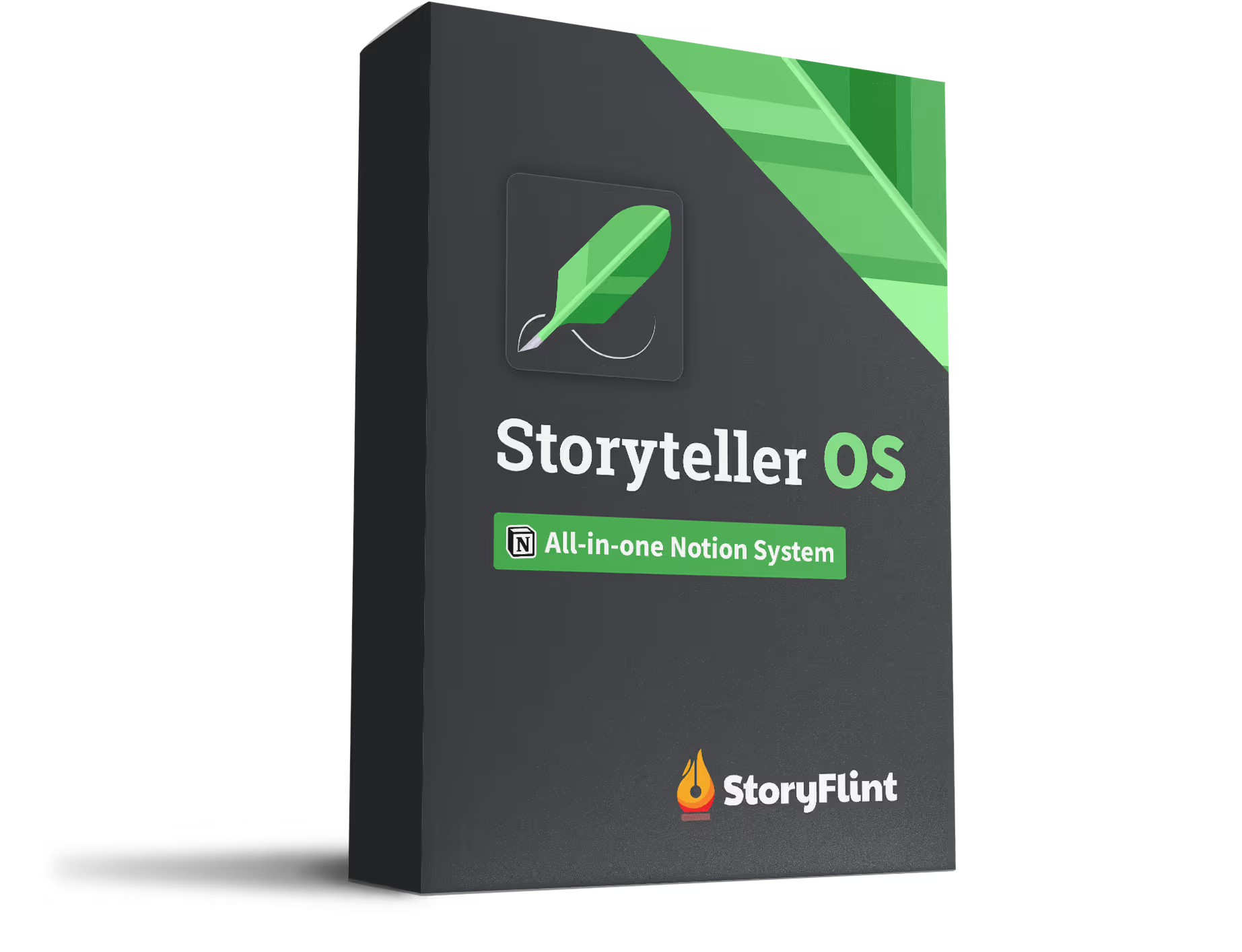You’re not stuck in real time. Your story isn’t a security cam. So why are you writing every second like it matters? Some writers treat time like it's sacred, marching through every breakfast, walk, and car ride. But great storytelling knows when to hit fast-forward. Time jumps, when used well, are one of the cleanest ways to fix pacing, add emotional weight, and keep your audience hooked. Here’s how to use them without making your story feel like a chaotic recap montage.
What Is a Time Jump and Why Use It?
A time jump is exactly what it sounds like. You skip ahead in time—sometimes minutes, sometimes decades—to focus on moments that actually matter.
This isn’t about lazy storytelling. It’s about trimming the fat.
Used well, time jumps help you:
- Speed up the plot
- Avoid boring filler
- Create tension or mystery
- Show change through contrast
Most importantly, they respect your audience’s intelligence. You’re not spoon-feeding every detail. You’re trusting them to connect the dots.
Rules for Writing Strong Time Jumps
Start Late, End Early
Don’t warm up your scenes like it’s a treadmill. Start with momentum already in motion. Then cut before it drags.
Need inspiration? Indiana Jones and the Last Crusade opens mid-punch. You figure out the context fast because the energy’s already high.
Drop Clues Before You Skip
You can’t vanish for 10 years and expect the audience to clap.
Set up expectations: “We leave at dawn.” “Let’s check back in a year.” Even vague hints like packing bags or staring at a calendar do the job.
It’s a narrative nudge that says, “Hey, some time’s about to pass. Buckle up.”
Reorient the Audience
Once you jump, plant the new now. Where are we? Who’s here? What’s changed?
Are the seasons different? Is the character older? Is someone missing? That reentry matters.
Think of it like waking up in a different room—you want enough details to get your bearings without an exposition dump.
Keep Emotional Momentum
Time skips work best when the emotional thread stays strong.
If your last scene ends with a big decision, the next one should show the consequences. Don’t drop a gut-punch and come back to brunch.
Use skips to deepen the arc, not derail it.
Time Jumps That Work: Famous Examples
Film & TV
- 2001: A Space Odyssey: One of the boldest skips in film. A bone flies upward, match-cut to a satellite. Millions of years in a blink.
- Back to the Future: Time travel as plot device, but every jump is set up clearly and creates tension.
- Dark (Netflix): This show is a PhD-level class in jumping timelines while keeping the audience emotionally grounded.
Novels
- Frankenstein: The frame story + flashbacks structure shows us how one character's past spirals into the present.
- Before We Were Yours by Lisa Wingate: Alternates between the 1930s and now. The rhythm creates trust—you know when to expect a switch.
- The Green Bone Saga by Fonda Lee: Jumps forward years at a time, but it works because the character arcs carry the weight.
Lesser-Known Tricks for Smarter Time Jumps
Use Objects or Settings as Anchors
Don’t announce every skip with "Three years later..."
Instead, show a sapling grown into a tree. A scar faded. A restaurant now boarded up. Visual or symbolic anchors let the audience infer the jump.
The Hang Time Effect
Think of it like a basketball player hanging mid-air.
Stretch the emotional peak by skipping time around it. Let the suspense linger. Done right, it feels like one long inhale, even if weeks pass.
Hybrid Time Structures
Layered timelines. Nested loops. Start-and-restart timelines. These can be risky, but when they work, they make stories feel like puzzles the audience wants to solve.
Use them if your story thrives on mystery, but ground it emotionally.
Pitfalls to Avoid
- Skipping moments your audience wants to see (the kiss, the betrayal, the showdown)
- Using time jumps to avoid writing hard scenes
- Confusing people with too many skips too fast
Also: be careful of character whiplash. If a character is suddenly a whole new person with no hints about how they changed, your audience will feel cheated.
Tie It All Together with the Storyteller OS
Let’s be honest: if you’re trying to plan your story with random sticky notes and five different Google Docs, time jumps are going to trip you up.
The Storyteller OS was made for this exact chaos. Map your scenes, track your timeline, and actually see where your jumps make sense.
You can even tag your jump scenes and keep a timeline reference synced across your character arcs, so nothing falls through the cracks.
Use this AI prompt to help you out:
"List all major time jumps in my story. For each, describe the change in setting, character, emotion, and tension before and after the jump."
Final Thoughts: Use Time to Your Advantage
Time jumps don’t break your story. Bad pacing does.
When you use them with intention, they become a secret weapon. They let you skip the boring parts, crank up the tension, and tell a story that actually feels like life—messy, unpredictable, and constantly changing.
If your story is sagging or stuck, look at your timeline. The solution might not be more scenes. It might be fewer.
Need help tightening your scenes before and after the jump? Check out our article on pacing that actually works.




